As we reach the closing point of the year, it felt right to talk about what the closing point of a fishing trip looks like. Namely, quickly hitting on a few things you can do that don’t take much time but can have a big impact on the life of your gear, regardless of how much it costs. For me, the packing up of my kayak and unpacking the car back home can either be awesome or horrible. Unsurprisingly, my mood during cleanup and unpacking is directly correlated with how well of a day I had fishing. On a good day, I’m jubilant, fired up, excited to review GoPro footage, photos, and relive the memories of the day. On a bad day, I’m grumpy, feel more tired than happy, and spend the pack up time reviewing what I could have done differently, why I missed a hookset, where I should have launched that I didn’t, and eventually, in the final stage of post-fishing trip grief, planning my next day of fishing when I convince myself I will make up for the bad day I just had. It’s an angler-centric form of self-punishment that I know others share in. However, regardless of whether I’m psyched or angry, one task I never skimp on is taking care of my gear before putting it away. A few quick, easy tasks can mean the difference between your gear lasting months or lasting years. Let’s cover a few of them:
Spraying Down
Upon returning home, your first task should be to lay out all of your rods, reels, and gear that you used that day. Plugs and bucktails included. I also lay out my pliers, fish grips, and fish-finder head unit. Lastly, my kayak is propped up next to everything, with the pedal drive or motorized drive removed. Once laid out, everything gets a thorough spraying with my garden hose. Rods gets sprayed from tip to butt-end, reels get hit at various angles to cover all of the nooks and crannies, plugs get soaked, my kayak gets a high-pressure blast to clean of saltwater, fish slime, and any crab guts or post-albie fishing spit ups. The fish-finder screen and plugs get wet down as well as all of my tools. As you’d expect, the thought behind this is rooted in the simple fact that saltwater is the mortal enemy of pretty much any part that can corrode. Saltwater can eventually wear down bucktail fur as well, shortening it up and impacting the fishability of the lure. Even rod guides can catch some rust if you are consistently hooking recently used lures onto them, as many of us do.
If I know for a fact that a certain reel got a heavy splash of water or got briefly dunked or partially dunked in the saltwater, I take off the spool and handle and get some water in there, followed by some lubrication and/or grease to add an extra layer of protecting against corrosion and sand.
Spray, Grease, and Good Stickers
You know it’s true. We’ve all had it happen. Sometimes on the water or at the boat ramp you’ll catch a glimpse of another kayak or a tackle box, and the thought appears organically: “Man, those are cool stickers.” Everyone knows that each sticker adds 5% to your chances of catching a personal best fish. So, when you’re in the process of spray down your kayak, drying it off, possibly adding some 303 UV Spray or Boeshield T-9 anti-corrosion spray to your kayak and electrical connections, don’t forget to take a visual inventory of what kind of sticker game you’re hitting the water with. If you’ve got peeling, lumpy, or faded stickers on your yak, there’s a good chance you’re not getting your stickers from Sticker Mule. At BHO, we get all of our stickers from Sticker Mule, which plays a big part in why customers clamor for them when a new batch arrives. They stay on for literally years, they don’t fade, and they’re extremely easy to apply; you’ll never go through that irksome feeling of being unable to peel the paper off the back of a sticker, because Sticker Mule makes incredibly high-quality stuff. Small batches, large batches, dozens of options for custom stickers, they’ve got it all. Hop over to stickermule.com and stick with the best.
Create an Infirmary and Snip Your Bad Lines
After rinsing, I always make a pile of plugs and soft plastics that need some TLC. This could be anything from a hook that needs sharpening, a split ring that needs replacing, or a soft-plastic that needs to get some Mend-It Soft Plastic Glue to get it back into working order. I affectionately refer to this pile as my infirmary. The soft plastics typically get glued right away so that glue has time to set overnight. For hooks and split rings that require replacing, I typically leave that until the night before my next trip. Before going to bed the night before fishing, my favorite routine is to go into my garage, turn on some music, grab a cold drink, and methodically prepare for the next day’s trip. That will be when split rings are swapped and hooks are sharpened. It’s also when I re-tie my knots, which brings up my next piece of advice for a post-trip cleanup: cut your lines.
We’ve all been there- you have a brief, fleeting mental note that a knot looks a little crusty or old, but think, “Hey it’ll probably last a cast or two.” Inevitable, a fish gets hooked, and the knot snaps, and we end up being mad at ourselves for not just taking a few second to re-tie it up before all of the chaos. For this reason, if I know that a knot is crusty or that the pole handled a few fish, I spare myself the chance to be lazy and snip the line when I get home. That forces part of the pre-trip preparation to be re-tying my knots, so that each trip I know I’m hitting the water with fresh knots and only my own lack of skill is to blame if something snaps or pulls.
Storage and Organization
I can’t even count how many times I’ve been sure a plug is lost or that I don’t have a certain color bait because my organization was poor and was unable to find something I’ve already bought. For this reason, an organized tackle area is crucial if you’ve got the space. Bins, boxes, hangers, and hooks will all help keep track of the myriad items anglers love to accrue over the years. I’m incredibly guilty of this and only recently got serious about my organizational strategies. It’s paid off big time, and only takes a bit of extra effort. So, as a final homage to the fishing gods, when you get home and are done spraying, wiping, and drying your gear, take an extra couple of minutes and organize it.
All of these tasks together take about a half hour but can have massive financial benefits in the form of keeping your gear going for many seasons and your tackle organized and accessible. It’s not much, but as they say, it’s honest work. And fishermen are all about that.
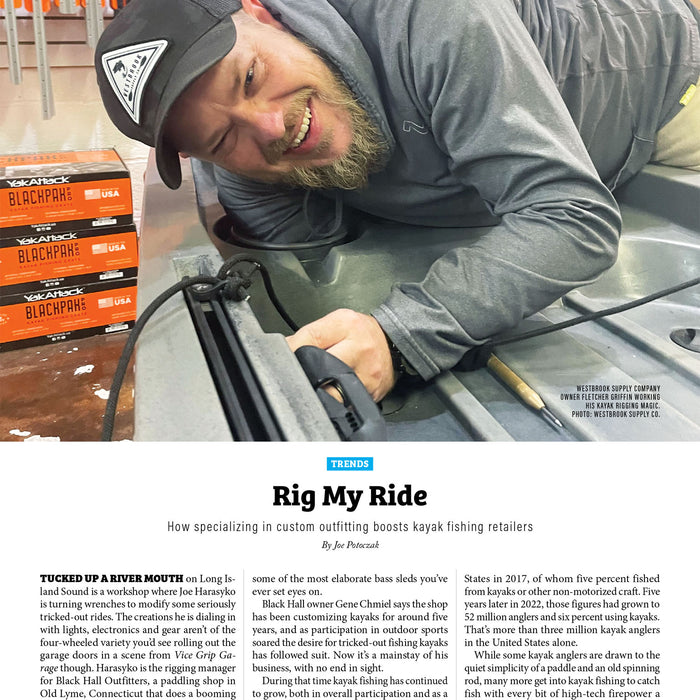




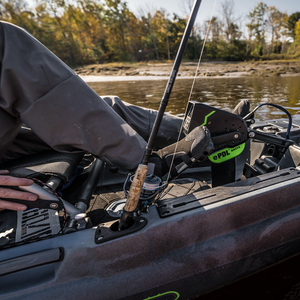

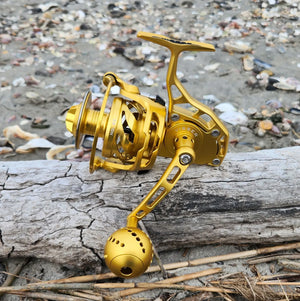

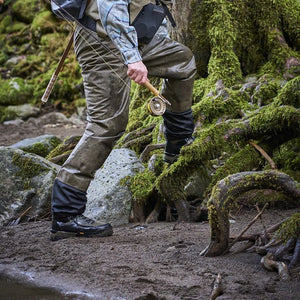
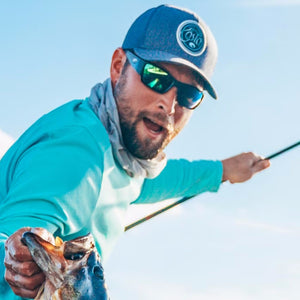
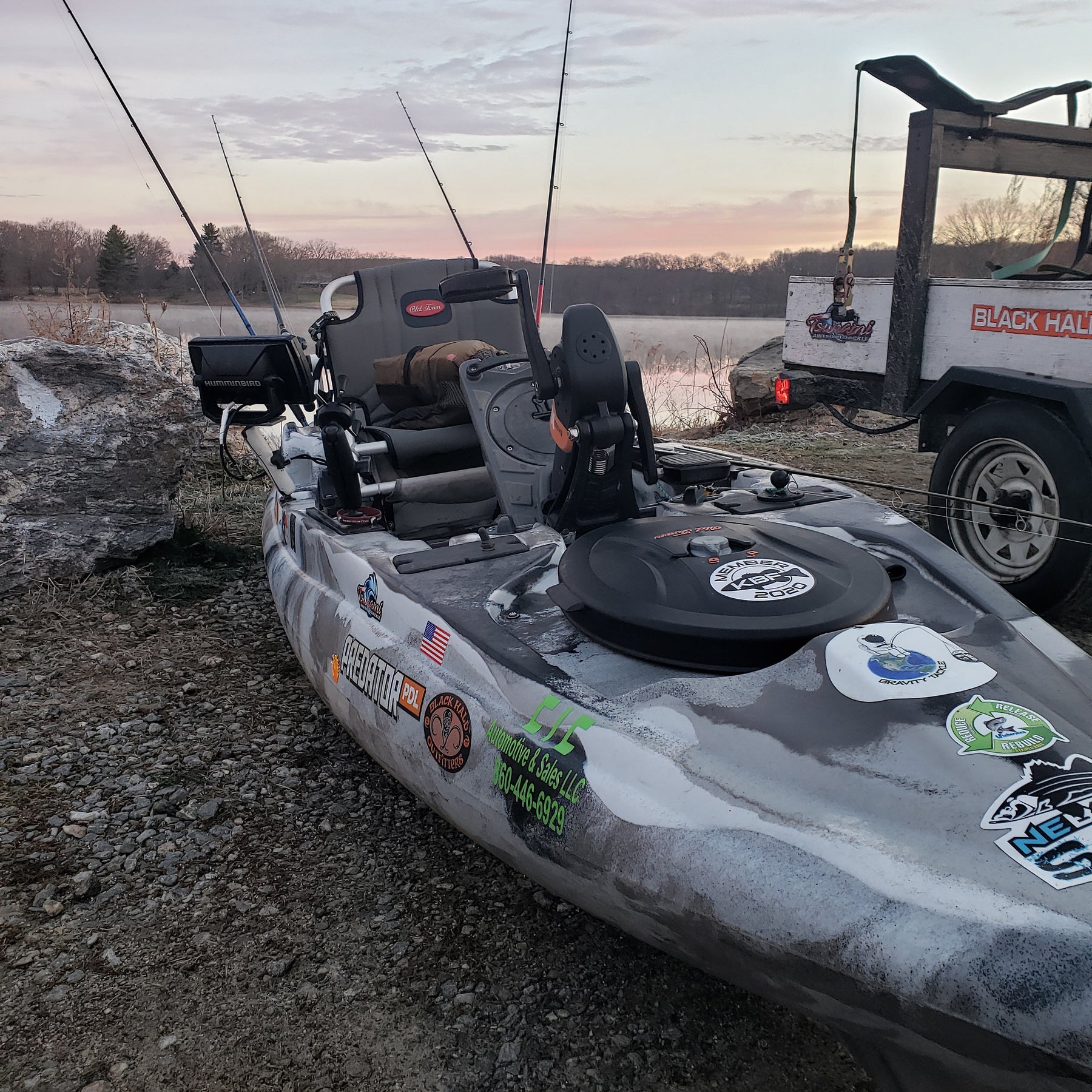
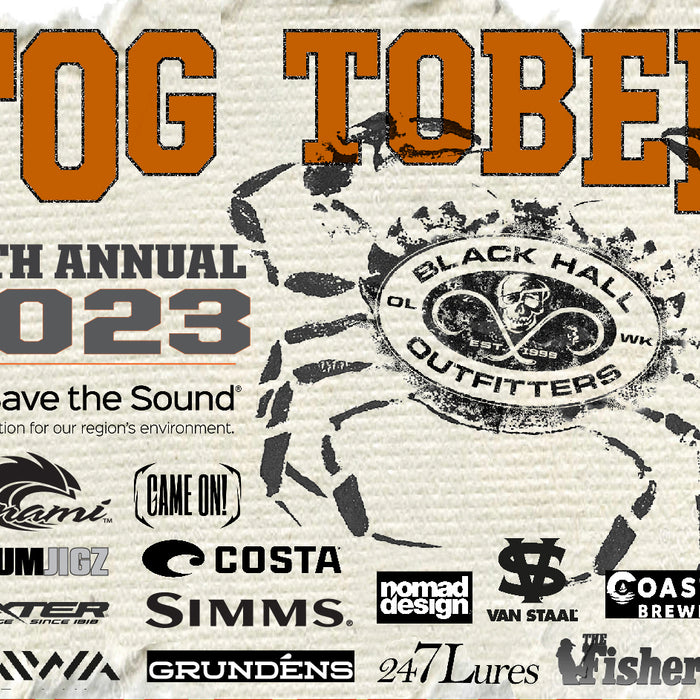
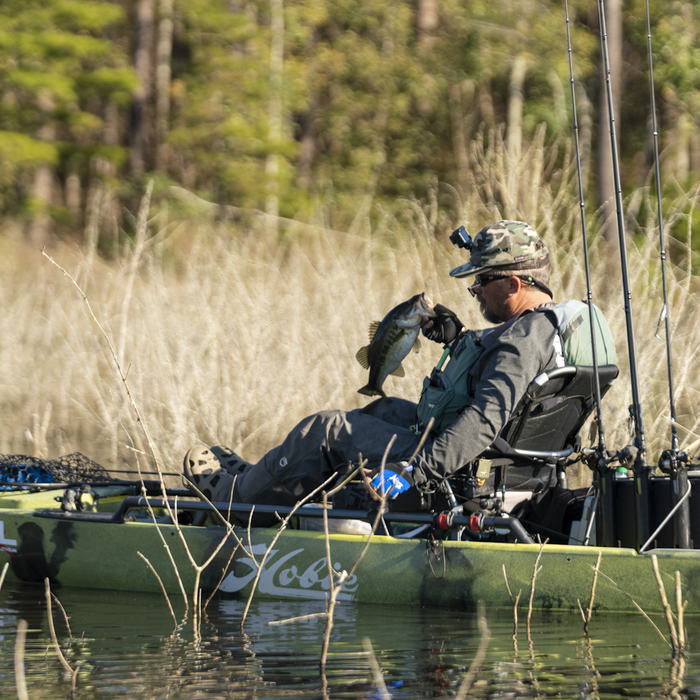
Leave a comment